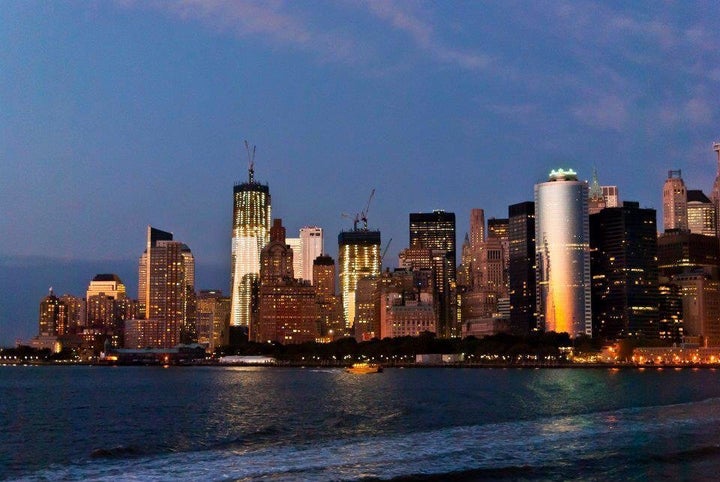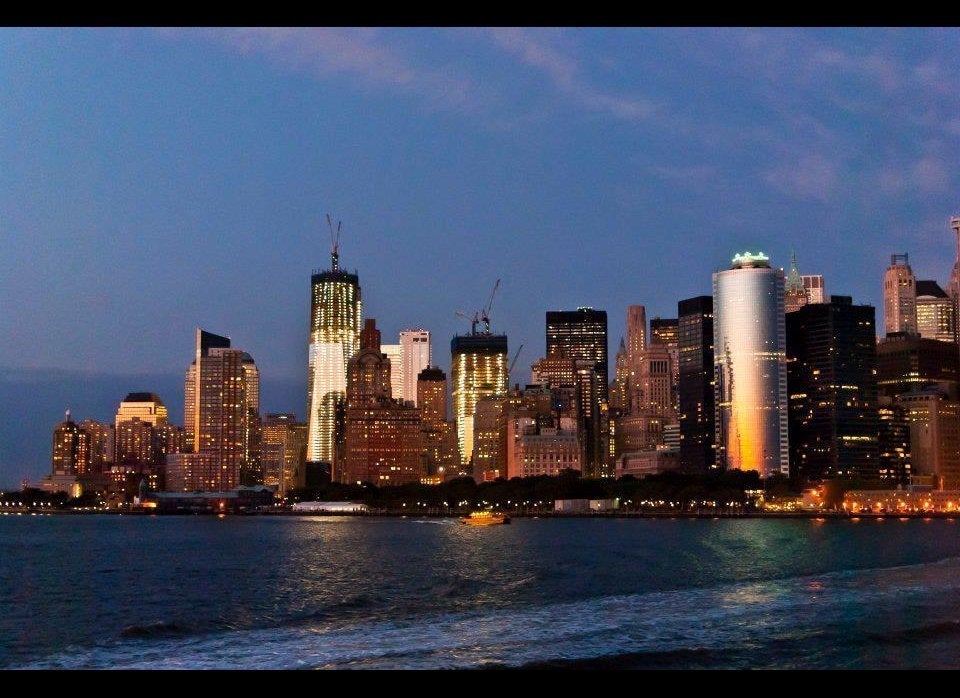
Despite a decade of security measures in our airports, monuments, and cities, tens of millions of Americans in major metropolitan areas are at risk of deadly exposure to toxic chemicals. Thousands of chemical facilities are vulnerable to accidents or acts of terrorism, and almost 500 of these facilities are located in or near America's most populous cities.
The danger is real and widespread; from coast to coast, major cities are host to chemical plants that process chlorine, hydrofluoric acid, phosgene, and other deadly toxins. The nation's most dangerous plant, located just outside New York City, puts 12 million people at risk of exposure; in Los Angeles, almost 5 million would be in the path of a toxic release. All told, these chemical facilities put over 100 million Americans directly in harm's way.
Who would be affected by a disaster at a chemical facility? Plant employees and communities living closest to the fence line of a plant will be the first to be hurt in a disaster. These communities are most often low-income communities of color with the least access to medical care. They also have the least political and economic power to force changes at these plants. But the threat posed by these plants crosses all societal boundaries; the 14-to-25-mile-radius risk zones reported by these plants to the EPA should put all segments of society on notice that they are also in harm's way.
The danger is well-known, too. In the wake of the September 11 attacks, the Bush administration and Congress investigated the need to secure chemical facilities, and the Bush administration's own Environmental Protection Agency strongly advocated for better security at the nation's chemical plants. However, Republicans (and a few Democrats) in Congress have delayed safety measures for over a decade. In that time the danger has not lessened at all.
Fortunately, alternatives exist. Technologies that are cheap and readily available can replace the dangerous chemicals used by these facilities, and some companies, like Clorox, are already doing the right thing. And widespread change might be coming; right now, the Obama administration and the Environmental Protection Agency are considering updating the Clean Air Act to safeguard America's chemical facilities in order to ensure the safety of people who live near them. For millions of families, those safeguards can't come a moment too soon.
PHOTOS: 10 of the Most Dangerous Chemical Plants in the U.S.: Is Your City at Risk?
Note: All data was taken from Greenpeace's chemical locator map and is based on hand-written notes taken from reports issued to the Environmental Protection Agency by owners and operators of facilities through the Risk Management Program. Inaccuracies may occur from human error or may be out of date, as these reports are updated sporadically by companies either every five years or when a process change occurs at a facility. All data is current as of October 2011.
